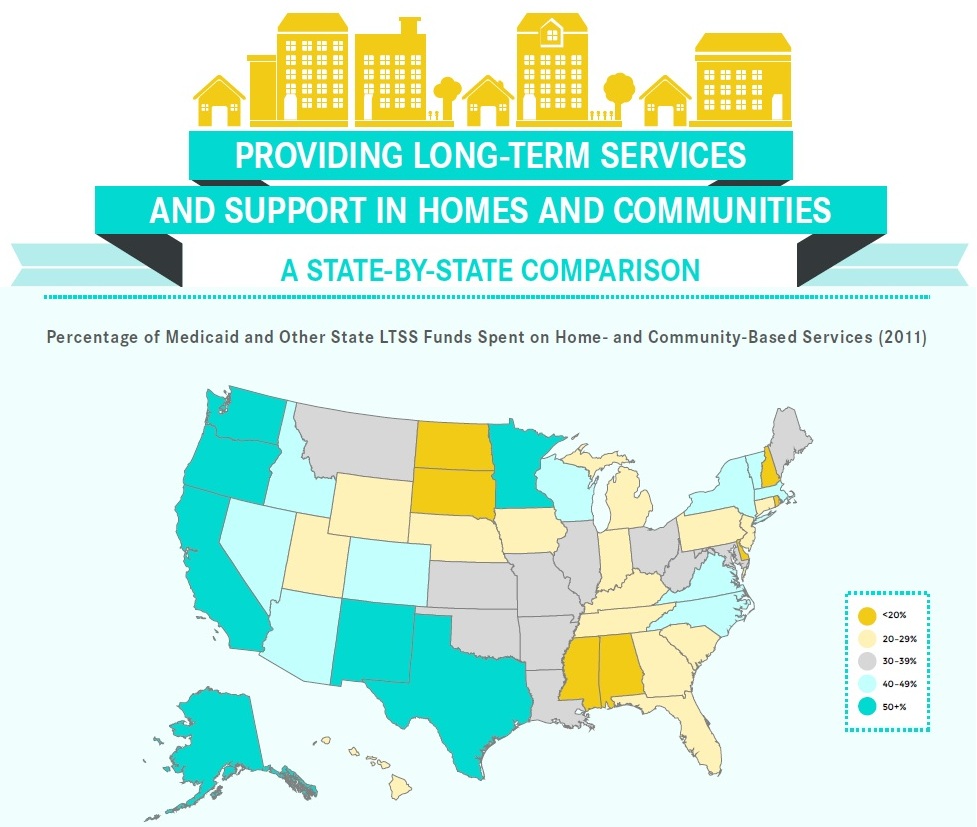AARP Hearing Center

Idaho ranks 14th when it comes to meeting the long-term care needs of older residents and people with disabilities. This, according to a new, comprehensive state-by-state Scorecard from AARP with support of the nation’s leading organizations on quality long-term care, The Commonwealth Fund and SCAN Foundation.
Picking Up the Pace of Change: A State Scorecard on Long-Term Services and Supports for Older Adults, People with Physical Disabilities, and Family Caregivers –the third in a series of reports—ranks each state overall and on 25 specific indicators in five key dimensions: affordability and access; choice of setting and provider; quality of life and quality of care; support for family caregivers; and, effective transitions between nursing homes, hospitals and homes.
Idaho excelled on the scorecard in the areas of nurse delegation/scope of practice as well as the low rate of high-risk nursing home residents with pressure sores. The scorecard also highlighted some areas where significant improvement is needed including ‘affordability and access’ and ‘support for family caregivers.’
AARP encourages policymakers to look at these areas where Idaho’s score is low. With Idaho’s significant changing demographic demands, work needs to be done at an accelerated pace to implement promising practices and emerging innovations to increase performance in the state.
“Most older Idahoans want to live independently, in their own homes and communities, as they age. They want to be close to the people they love, and many are able to do so with the help of unpaid family caregivers,” says Lupe Wissel, state director of AARP Idaho, which serves more than 186,000 members age 50 and older in the State. “Idaho is making some progress to help our older residents achieve that goal. However, this Scorecard shows we have more work to do, and we need to pick up the pace.”
Today, unpaid family caregivers provide the bulk of care for older Idahoans, in part because the cost of long-term care remains unaffordable for most middle income families. In Idaho, more than 200,000 residents help their aging parents, spouses and other loved ones stay at home by providing assistance with bathing and dressing, transportation, finances, complex medical tasks like wound care and injections, and more. The value of this unpaid care totals more than $2 billion per year.
According to the state Scorecard, Idaho has taken action to improve by allowing nurses to delegate basic health maintenance tasks, like checking blood sugar or temperatures, to home aides. But, more must be done.
That’s why AARP Idaho is working on legislation to help family caregivers when their loved ones go into the hospital, and as they transition home. Similar legislation has now passed in 36 states, Washington, D.C., Puerto Rico and the U.S. Virgin Islands. Specifically, the legislation will require hospitals to:
- Upon admission, record the name of a family caregiver if the patient chooses to name one.
- Notify the family caregiver when their loved one is to be moved or discharged.
- Give instructions of the tasks the family caregiver will need to perform while caring for their loved one at home.
“This scorecard gives us a snapshot of how well Idaho serves our older residents, those with disabilities, and family caregivers—and shows us where we must sharpen our focus to better assist hardworking Idahoans,” concludes Wissel. “Now is the time for policymakers to act.”
The scorecard reveals that in less than 10 years, Boomers will begin to turn 80, placing new expectations and demands on a still imperfect long-term care system. Further, this generation will have far fewer potential family caregivers to provide unpaid help.
Long-term care (also called long-term services and supports) is a diverse set of services designed to help older people and those with disabilities; services can be provided in a person’s home, in a community setting such as an adult day center, or in a group residential facility like a nursing home.
The full state Scorecard, along with an interactive map of state rankings and information, is available HERE.































































